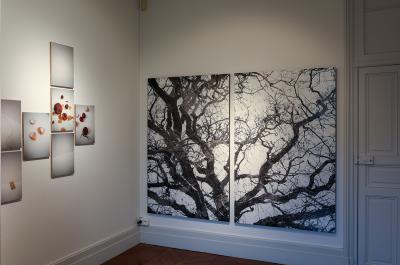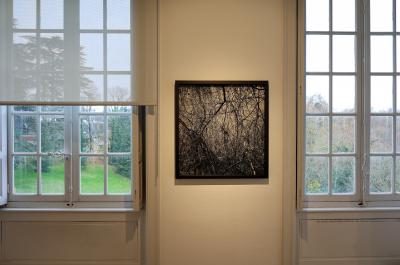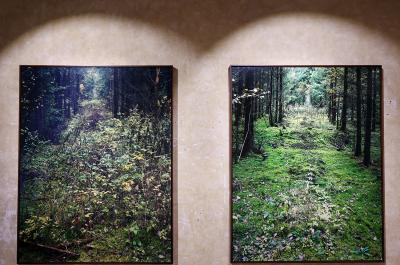Éric Poitevin
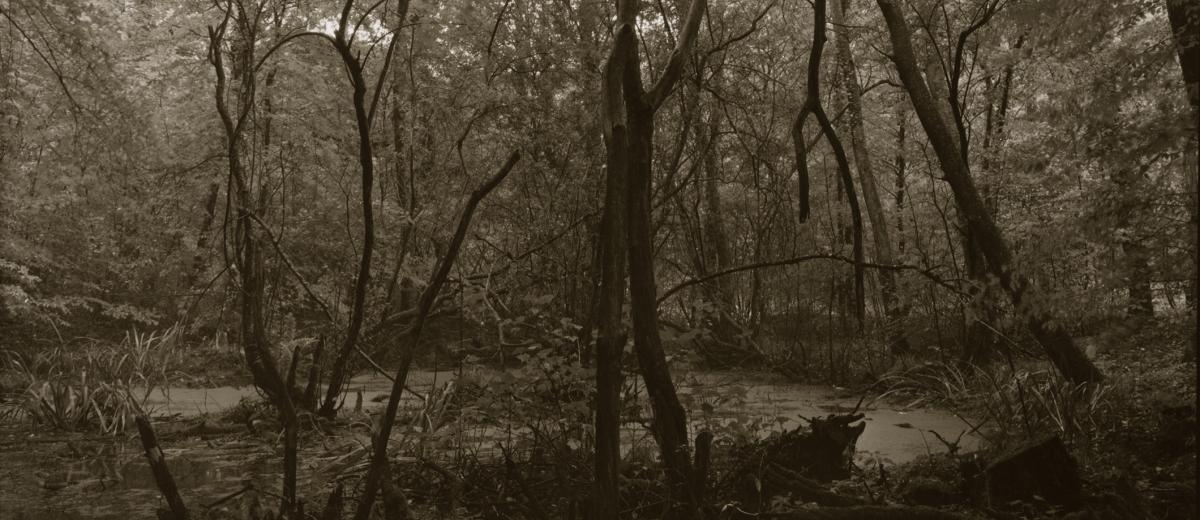
Éric Poitevin is a past master at the art of the portrait. Portraits relating to the histories of art and photography, but in revamped versions. The artist has never been interested in simply reproducing what he sees, but has always focused on creating matchless images. Each photograph is a serious undertaking, prepared with the greatest care, methodically constructed, “posed” in the 19th-century sense of the term. In the Château’s Upper Galleries, a selection of images belonging to several different series bears witness to the intensity with which Poitevin envisages nature. He never illustrates or comments, but always captures his subject in the present moment.
Although Éric Poitevin’s work may occasionally seem to have tales to tell, it’s only implicitly so as the photographer has never been interested in telling stories. The absence of titles expresses his absolute determination to let the image speak for itself. His series are triggered by encounters with people, places, and the fleeting visions that crossing an environment can conjure up. Most importantly, there are images created by those who possess an artist’s eye. Those who have fashioned the history of photography: Nadar, Alexandre Rodtchenko, Raoul Hausmann or Richard Avedon.
He sets up a different system for each series. Use of a view camera is a constraining choice, obliging him to regard image capture as a lengthy and carefully organised procedure. Then comes the printing itself, a stage he regards as the heart of his practice. Éric Poitevin likes to be in close touch with the materials and light involved; he likes this “bricolage aspect”, which he gets to grips with conscientiously. For him, the laboratory is a forge and the portrait a challenging exercise. So tofree himself from preparatory work for a while, to recharge his batteries so to speak, the artist regularly takes his view camera off into the undergrowth. Once there, where he usually gathers mushrooms, he treats himself to sessions in direct contact, not with nature, but with photography, taking a shortcut to the image. An image he has full confidence in. “I’ve got a bias: photography, all photography, nothing but photography”, he asserts.
BIOGRAPHICAL NOTES
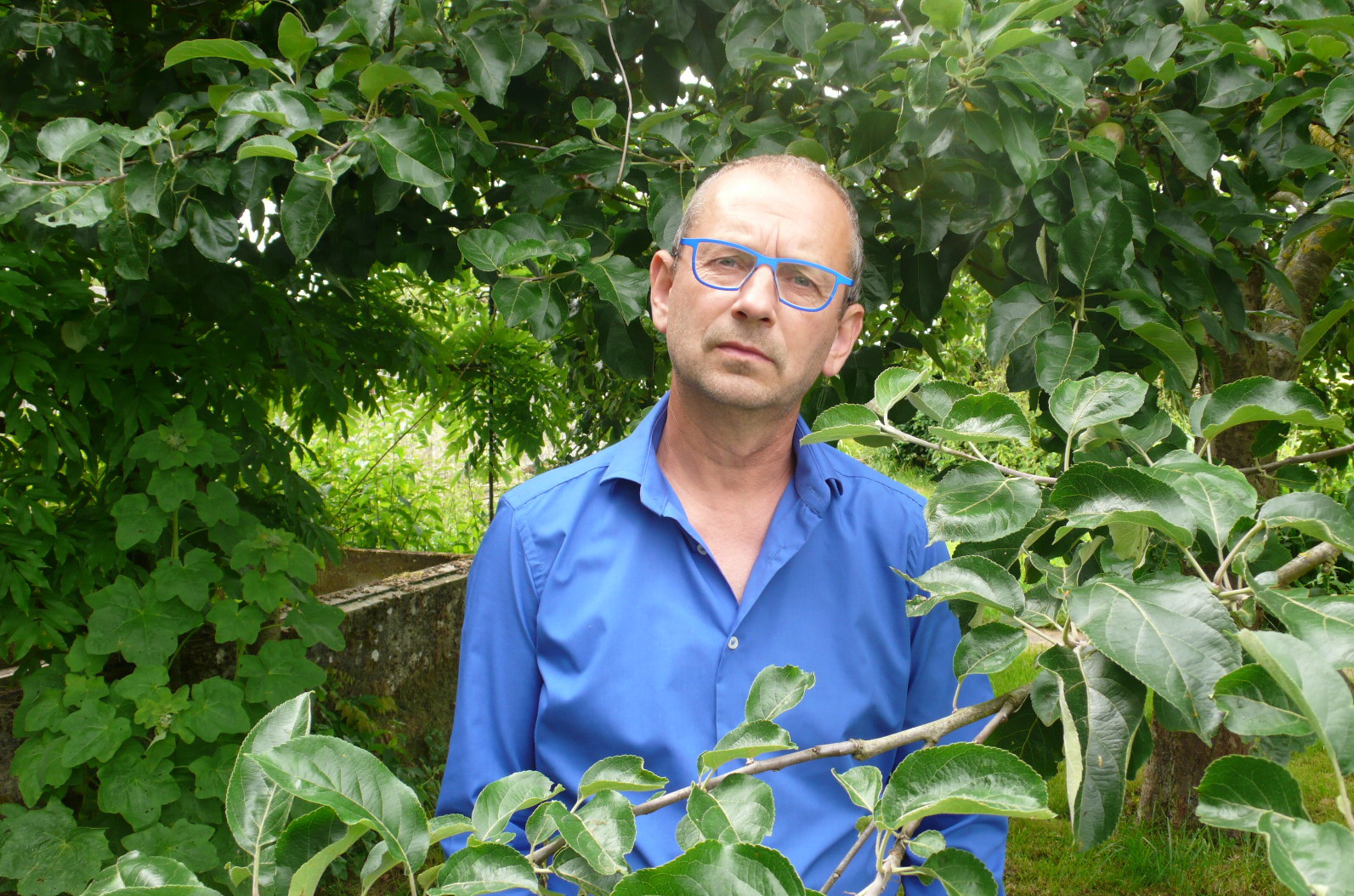
Éric Poitevin is one of French contemporary photography’s most important figures. Born in Longuyon, Meurthe-et-Moselle, in 1961, he grew up in a family of shopkeepers and surrounded by nature. When he was 11, his history and geography teacher’s husband introduced him to the technique of photographic printing. A few years later, he helped set up a photo club at his native town’s MJC (Youth and Culture Centre) and discovered Nadar’s work, which was to change his perception of photography. In 1980, he enrolled at Metz School of Fine Arts, one of the few art schools to offer a programme specialising in photography, and took particular interest in American photographers, including Irving Penn and Richard Avedon. He graduated in 1985.
A grant from the Secretariat of State for Veterans enabled him to make a tour of France in search of the last surviving veterans of the First World War. The series of a hundred black-and-white portraits taken with a view camera was noticed in the right circles and launched his career. More series followed and, in 1989, he set off for Rome. As a resident at Villa Medici, the photographer discovered the importance of dialogue with other artists, many of whom, including Pascal Convert, were to become long-term friends. Having a studio for the first time in his life raised new questions, in particular on the relationship between the image and the space in which it is displayed. In the Vatican, he captured images of nuns and cardinals, making use of the conventions of 15th-century Italian pictorial representation in doing so. Thenceforth, his references to the history of photography extended to art in general.
Through the good graces of his new friends, Éric Poitevin met Jean-François Dumont, who opened the doors of his gallery in Bordeaux to him on several occasions. A residency at Santa Severa on Cape Corsica in 1992 provided him with an opportunity to introduce colour prints into his body of work. He had long believed that he would focus exclusively on portraits, but that didn’t happen. When he’s finally exhausted by a piece of work that requires more time to prepare than to photograph, Éric Poitevin sets off to the forest to get some fresh air. For there are no restrictions or conditions attached to models available there. So it was that his undergrowth series were born.
More generally, natural features play a central role in his work: roes (1993), skulls (1994-2010), butterflies (1994), horses (1999-2000), trees (1999-2000), animals for slaughter (2003), stags (2005), nudes (2010), birds (2012-2013) and dried plants (2014). Each meticulously composed photographic series may require several months of preparation. Each step counts: choice of subject and framing, type of paper and printing method. Such rigour results in decontextualised images, to be viewed for themselves not for the stories they tell.
Éric Poitevin lives and works in Mangiennes (Meuse). He has taught at the Paris School of Fine Arts since 2008.
His work is represented by the Bernard Jordan Gallery (Paris).
